Perhaps, you have recently purchased a new house. You’ve got a spacious kitchen, a comfortable living room, a cavernous man-cave. Every interior amenity you could want. You’ve also come into possession of a lush backyard. You’re probably imagining, or the very least considering, how to utilize and leverage this exterior space as judiciously as possible. Maybe you’re intrigued by the possibility of assessing the precise acuity of your “green thumb.”
During the Pandemic, many people employed their newfound extraneous time by indulging in novel recreational hobbies, including gardening. Aside from filling otherwise idle time, the art of gardening produces a host of personal benefits. For instance, it fulfills an innate urge to observe things grow and to mature. It is a useful decorative measure, imbuing shades of every color into otherwise vacant and dreary landscapes. Moreover, it is a catalyst for inner serenity, calming individuals prone to anxiety or other mental maladies.
Grab your nearest shovel, therefore, and hearken to the inner agrarian in you. Here are 5 tips for the aspiring arborist or gardener.
Planting Trees
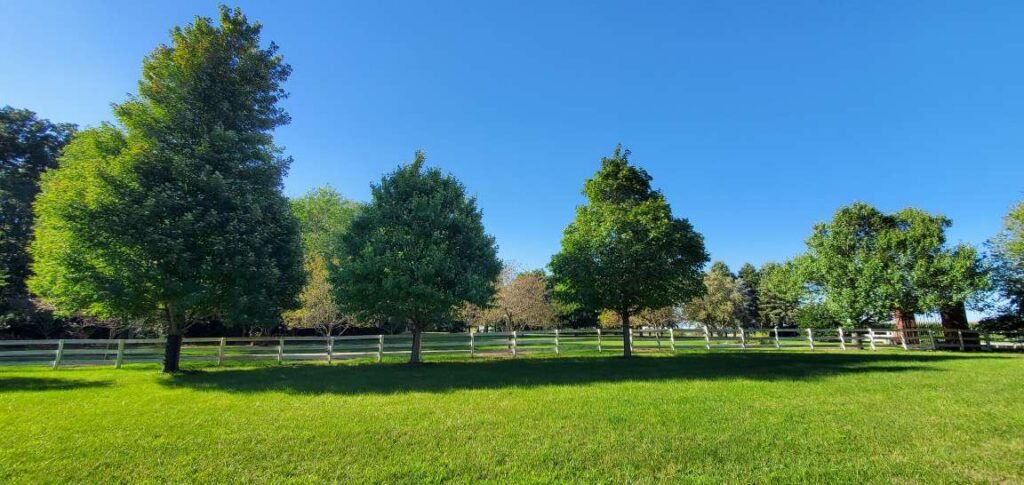
Photo courtesy of Tim Williams
A predilection for planting trees has gripped Americans who, throughout the Pandemic, particularly in denser urban dwellings, noticed more acutely the dearth of greenspaces percolating across their townscapes. Many “greenthumbs” embraced initiatives to populate their town squares, sidewalks, and parks with additional trees. Similar to the more prosaic endeavor of attending to shrubbery, planting trees offers a multitude of positively associated health benefits, including improved mood while also engendering enthusiasm to spend a larger aggregate of time outdoors. They additionally offer widespread communal benefits, including enhanced space for shade during simmering sunny days, improvement in air quality, as well as a bountiful provender of food.
If you’re interested in answering the beckoning call to plant a tree, join a community orchard. Access to resources guiding you on the successful genesis of a tree and its eventual maintenance will be available within the context of these community groups. For the laymen, one must either simply plant a bare root fruit tree in the ground or in a pot. Afterward, a tree will require sustenance in the form of adequate hydration, appropriate pest-control, and diligent pruning in order to mitigate the spread of disease. Before you know it, you will find yourself harvesting fruit from a healthy plant.
For further information on tending to a tree, we’d recommend referencing “The Giving Grove” guide to tree maintenance:
https://www.givinggrove.org/resources
Growing Vegetables
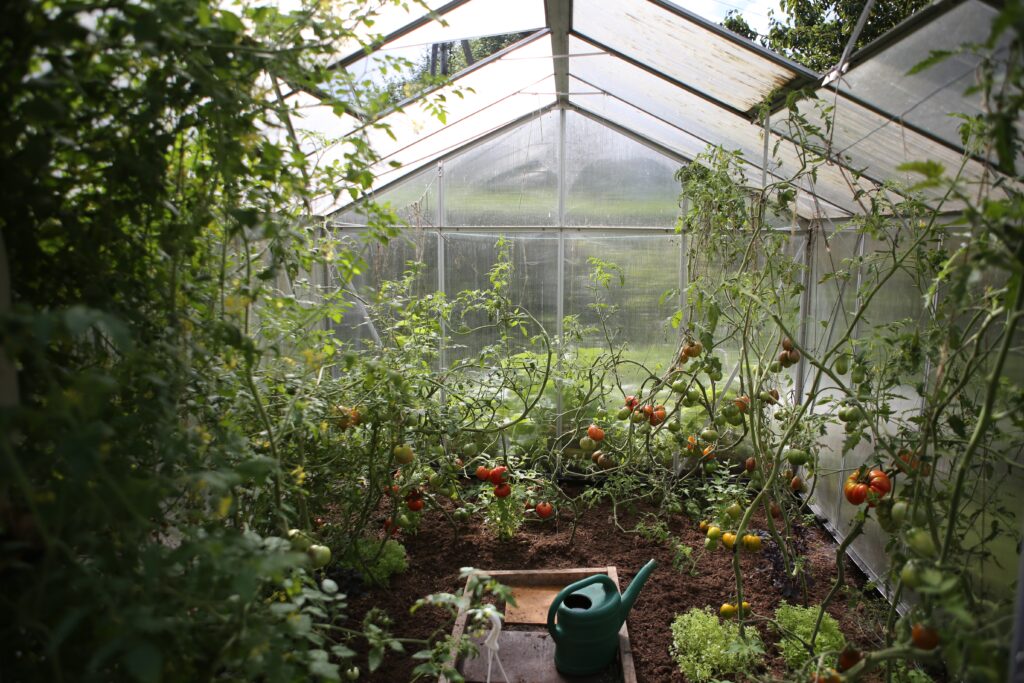
Photo by www.zanda. photography on Unsplash
Go veggie crazy. While trees often bear fruit, many people direct their focus to the soil instead, eager to cultivate vegetables. After all, there is generally a significant amount of real estate available within the threshold of one’s backyard. Why not use it develop your own mini-market?
There are several critical elements to proper veggetable horticulture. Ensure that you identify a salutary area to maintain your crops. Keep in mind that the majority of vegetables require 6-8 hours of sunlight per day in order to adequately mature. Do not conceal your vegetables in shade, as that will prove an inhibitory factor in their blossoming. If necessary, arrange your vegetables in raised rows, in order to prevent water from aggregating or “flooring” around them. If you’re seeding in rocky soil, be diligent in removing rocks, as they may interfere with root growth. Finally, as a beginner, do not be too ambitious in the sizing of your initial garden plots. You’re learning, the acreage you attend to should be correspondingly small.
Remove Pests
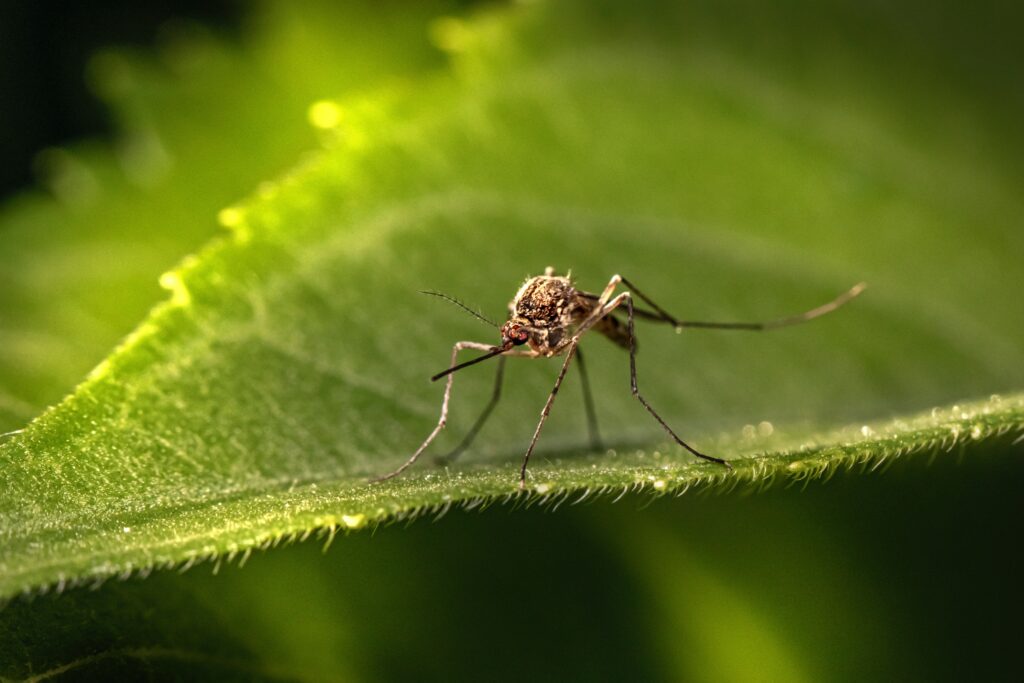
Photo by Erik Karits on Unsplash
As a gardener, you must also be cognizant of removing pests. Pests are irritants, constituting a variety of forms, that can impair the health of your growing crops. There are several artificial pest controls on the market; but there are also natural deterrents one can implement to dissuade pests from ravaging your garden. Easily introduced plants, such as lavender, or herbs like basil, can act as natural transgressors against extant pests including mosquitoes and flies. Chrysanthemums, while visually appealing, also provide an additive benefit of repelling obdurate insects like roaches, beetles, and ticks. Pepper your garden with these natural deterrents in order to preserve the longevity and welfare of your plants. It is never a poor idea to introduce caution into your endeavors as a horticulturalist.
Invest In Gardening Equipment
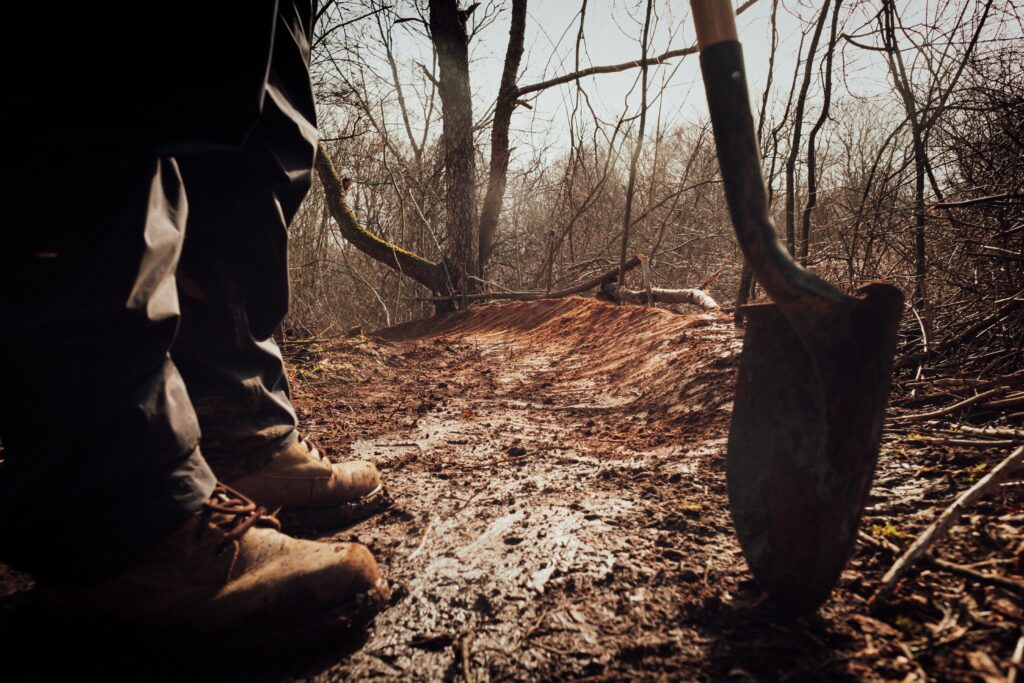
Photo by Tim Foster on Unsplash
Be prepared. Purchase the requisite equipment. There are several fundamental instruments necessary to the preservation of one’s garden. Aside from a sufficient amount of physical space, you’ll require a hose to hydrate your plants. Traditional rubber hoses, or even stainless steel hoses, are available on the market for purchase. We’d recommend an adjustable nozzle to affix to your hose, to either spray your plants, or streamline water pressure toward a particular batch. Of course, you’ll need a shovel, in order to organize your garden according to your objectives. A long-handled hoe would be equally beneficial in preparing your plants beds. Aside from the essentials, additional accessories like weeders, a “hori-hori,” or even a hand rake can be useful in weeding, tilling, and establishing plant beds.
For additional reference to utilizable tools, we’d recommend Garrett Wade as a starting point: https://garrettwade.com/
Community Gardening
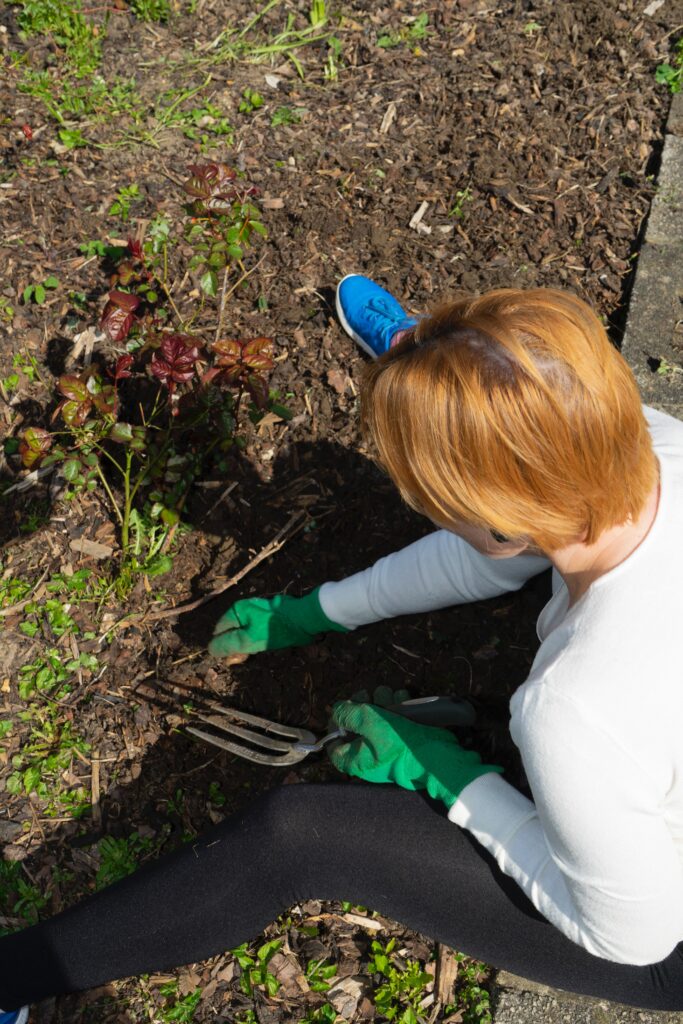
Photo by Tim Foster on Unsplash
Join community groups! As we already mentioned, what better way to mitigate the lingering effects felt from the isolative period of the state-declared Pandemic than through joining a gardening community? Participating in local gardening projects can not only enlarge the amount of horticulture information at your disposal, it can establish contacts with other individuals who possess a shared interest. You’ll contribute to beautifying the landscape of your local community, engender the cultivation of fresh and accessible produce, promote a healthier living environment, and identify an outlet for you to disseminate stress.




